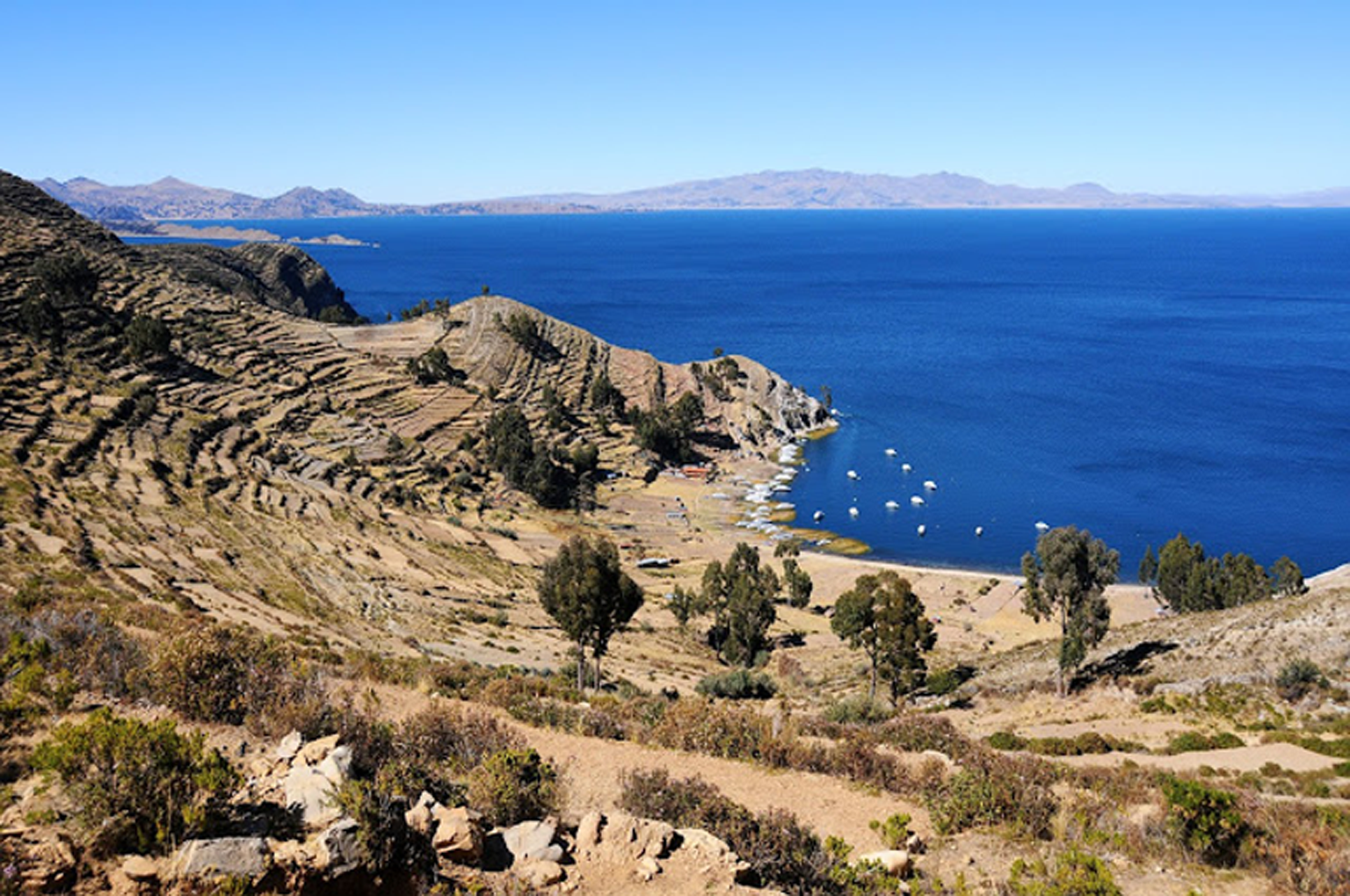- Posted by:
- anjci
- Under:
- Travel: Europe
Venice has numerous look-alike cities in Europe. Take “Venice of the North”, a title worn by the likes of Stockholm, Amsterdam, St. Petersburg and any Northern European city boasting a decent number of canals. Or think Croatia’s Adriatic region, where the Venetians ruled for almost 300 years and left behind numerous cultural artefacts. Not forgetting, of course, Greece – the influence of Venice in places like Crete, the Peloponnesus, the Dodecanese and the Ionian islands has survived for centuries until present day.
The Venetians were enviably successful in growing the perimeter of their once thriving republic and spread cultural and architectural influence to numerous places all over Europe.
Plentiful quasi-Venetian exposure in my past trips explains why, until recently, I had imagined I knew Venice before actually travelling there. “I have seen it all before,” was my usual excuse to postpone a visit to Venice proper for another month. And another – until it almost became a given that Venice was never going to appear on my visited destinations’ list.
The revelation
It was a strike of shamelessly random events in the end – a discount offer with Ryanair and a relatively travel-free April – that led me to reconsider. With stubbornly low expectations and in utter indifference, I embarked on a flight to Venice. You might remember that I had already “seen it all before” in Stockholm, Trogir and Chania. Venice was merely filling in a gap on my European destinations map. It could not possibly impress a seasoned European traveller like anjči.
One can easily guess that somebody was bracing for a major disappointment. Of course Venice did not turn out to be just another Bruges, Amsterdam or Gdansk. Neither was it a larger version of Venetian-inspired towns in Dalmatia and Istria – which indeed faded in comparison with a metropolis so magnificent.
Much more than a collection of canals and shaped balconies, Venice reminded me of several European cities at once – and not only its classic lookalikes. The narrow, confusingly similar side streets could well be taken out of Malta’s Valletta; the arcades were reminiscent of Bologna not far away; and the layered domes of Basilica di San Marco emulated Byzantine heritage fit for Istanbul itself.
Despite having so much in common with its European counterparts, however, Venice was unquestionably unique – on our continent as well as others.
Any road will take you there
An overseas visitor to century-old European cities will invariably complain about few of those coming across as planned. They weren’t exactly; originally little more than a handful of dwellings connected by narrow lanes, such sites gradually grew into what we know as present day urban centres – or, in other words, a complete mess. A mess where a street map often proves as useless as it is frustratingly impossible to follow. Therefore it is the getting lost part that most visitors to Venice see as the best way of discovering the city.
And Venice is a perfect city to get lost in. A maze of small bridges – one cuter than the other – over equally matching canals never seems to tire the eye, and the tiny yards at the end of unexpected culs-de-sac entertain rather than frustrate. So put that map away for once; check where the main flow of visitors is heading and take a sharp left. Then right, then another left, across the bridge, into a narrow passage and right again on the other side. That is when you will come across the authentic little cafe full of locals frequenting the establishment since times immemorial – or a tiny postcard-shot courtyard with a diligent housewife hanging up her fresh round of laundry. The decidedly non-touristy sights no commercial travel guide will dream of advertising – yet the ones that really define a city.
Europe’s popular cities never quite seem to be free of crowds, do they? The good news is that tourist activity rarely begins before 9am. Which means that, unless you are a serious night owl or hanging around a business district of one of Europe’s financial centres, most cities are all yours in the wee hours of the morning.
Nothing beats a view along Venice’s silent canals – disturbed by little else than a passing gondola – in clear spring dawn. Local residents walking dogs may be your only company as you slowly tread over countless bridges; the only coffee shops open will have inside a handful of Venetians drinking cappuccinos to a serving of local news. Even the undisputed heart of the city – the Square of San Marco – will seem entirely different to the place where a street orchestra was playing celebrated classical tunes to ever-changing audience just a few hours ago.
It is the crowd-free Venice that most visitors seem to miss – perhaps for a reason no other than not knowing exactly what they are missing.








Islands callingIf daytime crowds in Venice seem a little too overwhelming, do not despair – just a short ride away on a vaporetto (waterbus) lie the islands of Murano and Burano. Looking like miniature versions of Venice, they receive substantially fewer visitors and are popular weekend getaways even with the small Italian population still choosing to reside permanently in Venice.
You may have heard of Murano thanks to the island’s long-lived tradition of glass blowing. Originally taking place in central Venice, the craft was transferred to Murano in the 13th century on fire fears. It consequently became treasonous for a craftsman to leave the island to make sure the skill perfected by generations would remain unshared.
And if Murano still feels a little too close to the mainland – assuming one could call Venice mainland, of course – then hop back on the vaporetto towards Burano further in the lagoon. What coloured glass is to Murano, lace-making is to its smaller twin. Burano is firmly regarded as one of Europe’s focal lace-making centres with tradition dating back as far as the 16th century. Every corner of the island is full of shops offering this pretty, if perfectly impractical, merchandise.
There is a risk that one may forget all about lace soon after disembarking though: the brightly painted houses lining Burano’s streets look as appropriate on a small piece of land next to Venice as they would have in a fairytale illustration. Cheerful colour combinations may seem accidental, but behold – a legend goes that local fishermen originally chose bright, varied paint to make their dwellings visible from the sea on a foggy day. Even today, to ensure a harmonic continuation of the tradition, the residents get their choice of paint approved by local authorities.
Not been to Venice because you have “seen it all elsewhere”? Think again. Come and lose yourself in the city’s countless narrow streets, amid identically looking facades suddenly giving way to a silencing sunrise view over the water. Lose yourself – and you never know what you might find.
(View full Flickr photo set for Venice)




























day trips from rome says:
May 19, 2015 at 12:09 pm
Thanks for the great read. I’m getting “Reise Fieber” as they say in German, just watching the gorgeous pictures … such a beautiful world !
Naomi says:
April 19, 2011 at 4:16 am
Ah. This photo and this photo are spectacular!!
Miss Veiga says:
April 18, 2011 at 2:42 pm
We love Venice. We've been many times but we have never been together. We will go some day.
Cant stop saying that your photos are the best.
XOXO
Comments are closed.